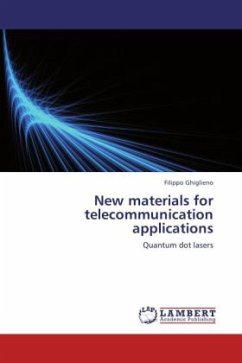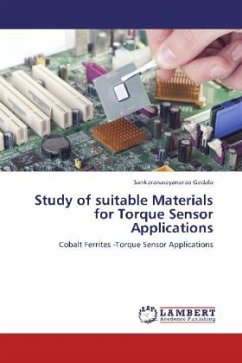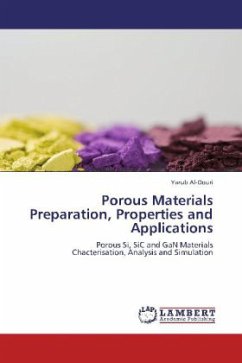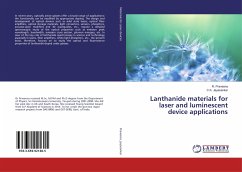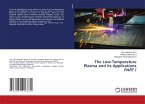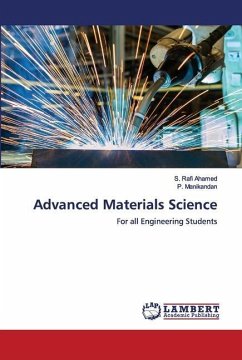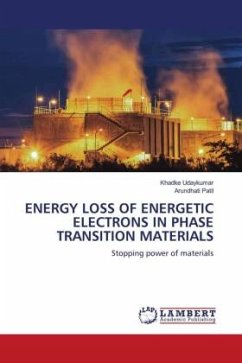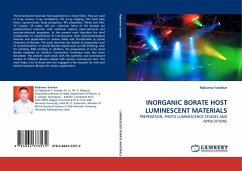Working now in the nanotechnological world, the as small as possible dimensions both of the modules and of the devices are required in telecommunication (TLC) context. In fact small and compact devices allow whether to reduce the module dimension or to gain more space for the electronic control circuits on the board maintaining the same module dimensions. Then the modules and the inside devices must satisfy the following market requests: high operating temperature, low power consumption, hot pluggable, low cost, high performances, good reliability (10 years). In this context the material science and chemical engineering offer the right tool both for tailoring the properties of the well known materials used in the devices for the TLC applications and for discovering, designing, studying new unknown materials; the target is naturally to improve the performances of the devices working often in the network in a wide stressing range of the operative conditions, reducing the cost and guaranteeing high reliability. The aim of this work is to report on theoretical and experimental results of a new III-V material, based on quantum dot technology.
Bitte wählen Sie Ihr Anliegen aus.
Rechnungen
Retourenschein anfordern
Bestellstatus
Storno

